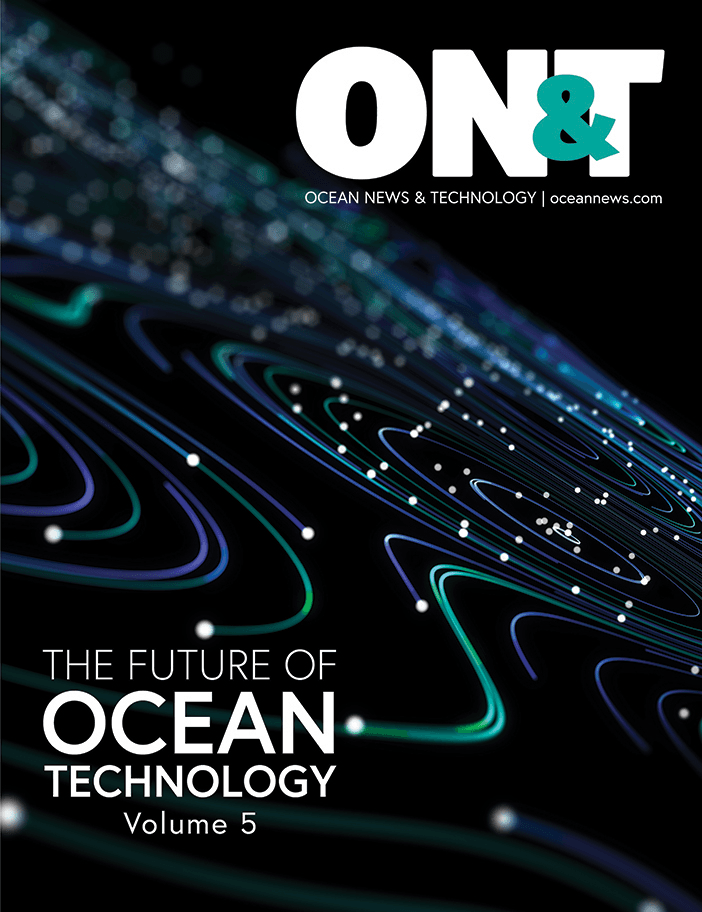The largest sense organ for most creatures is skin, but unlike our eyes and ears, which have been recreated with common technology, skin has proven difficult to duplicate in a lab. For one thing, skin stretches and flexes while it senses the environment, a quality that has limited the materials suitable for biomimicry.
However, one pioneering lab led by scientist Muhammad Mustafa Hussain recently made a breakthrough that not only mimics skin, it does so on the cheap. It’s a technology so innovative that it even won a Consumer Technology Association (CES) 2020 Best of Innovation Award honoring outstanding design and engineering in consume technology products. Bluefin took the top spot in the category of Tech for a Better World.
Bluefin Capabilities
Bluefin is a tagging technology that sticks to the fish, or a fish wearable, that can measure water temperature, pressure, depth and pH levels in parts of the ocean humans can’t reach. Only 2.4 grams, the Bluefin functions continuously for a whole year at a proven depth of two kilometers in the ocean, and it is simply attached to the outer shell or skin of an animal. The tagging technology has been tested on several marine species including blue crabs, turtles, stingrays, beluga whales, sharks and blue fin tuna.
“The gathered data will be analyzed to preserve and to enhance the marine ecology anywhere in the world,” said Muhammad Mustafa Hussain, professor of electrical engineering at the King Abdullah University of Science and Technology (KAUST), who worked on developing Bluefin.

The Tech Behind the Skin
The product has two specific designs: an attachable tag for smaller marine species, and a larger stretchable polymeric belt to tie around larger marine species. Bluefin is the first tagging tech that does not restrict the animal’s movements and does not cause harm to the animals.
Using iridium-based chips, the system provides seamless data transmission from the tags, and the power supply is ensured by nontoxic physically flexible batteries. The current prototype relies on Bluetooth technology to transmit data stored on the chip to smartphones. The gathered data provides KAUST with the information useful for effective policy implementation to reduce society’s environmental impact on marine ecology.
Initially available only for oceanographic research institutions, Bluefin will be available in 2020 for scuba divers, naval forces, and fisheries that are interested in marine life tagging for ecological data.
This story was originally featured in ON&T Magazine’s April 2020 issue. Click here to read more.

